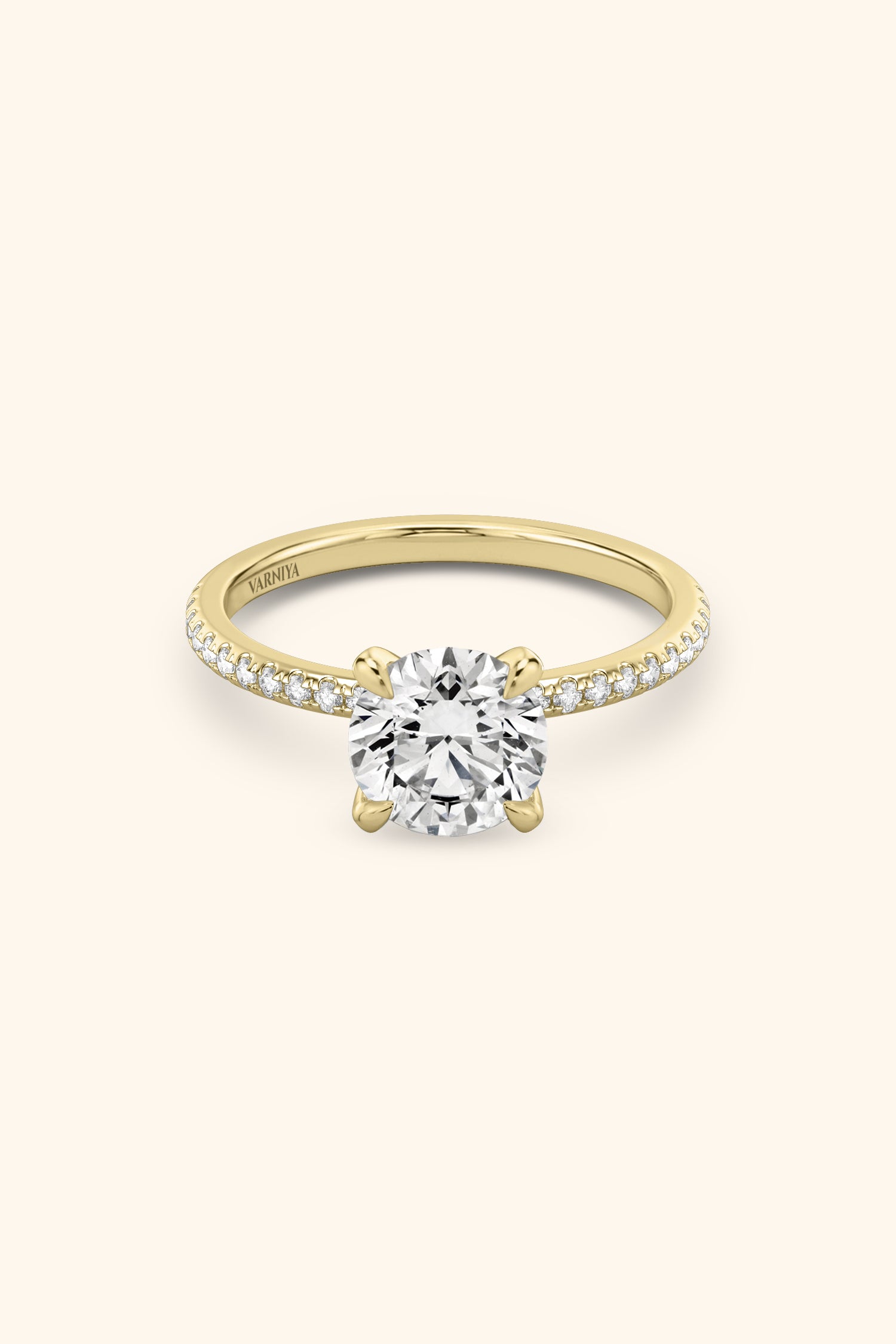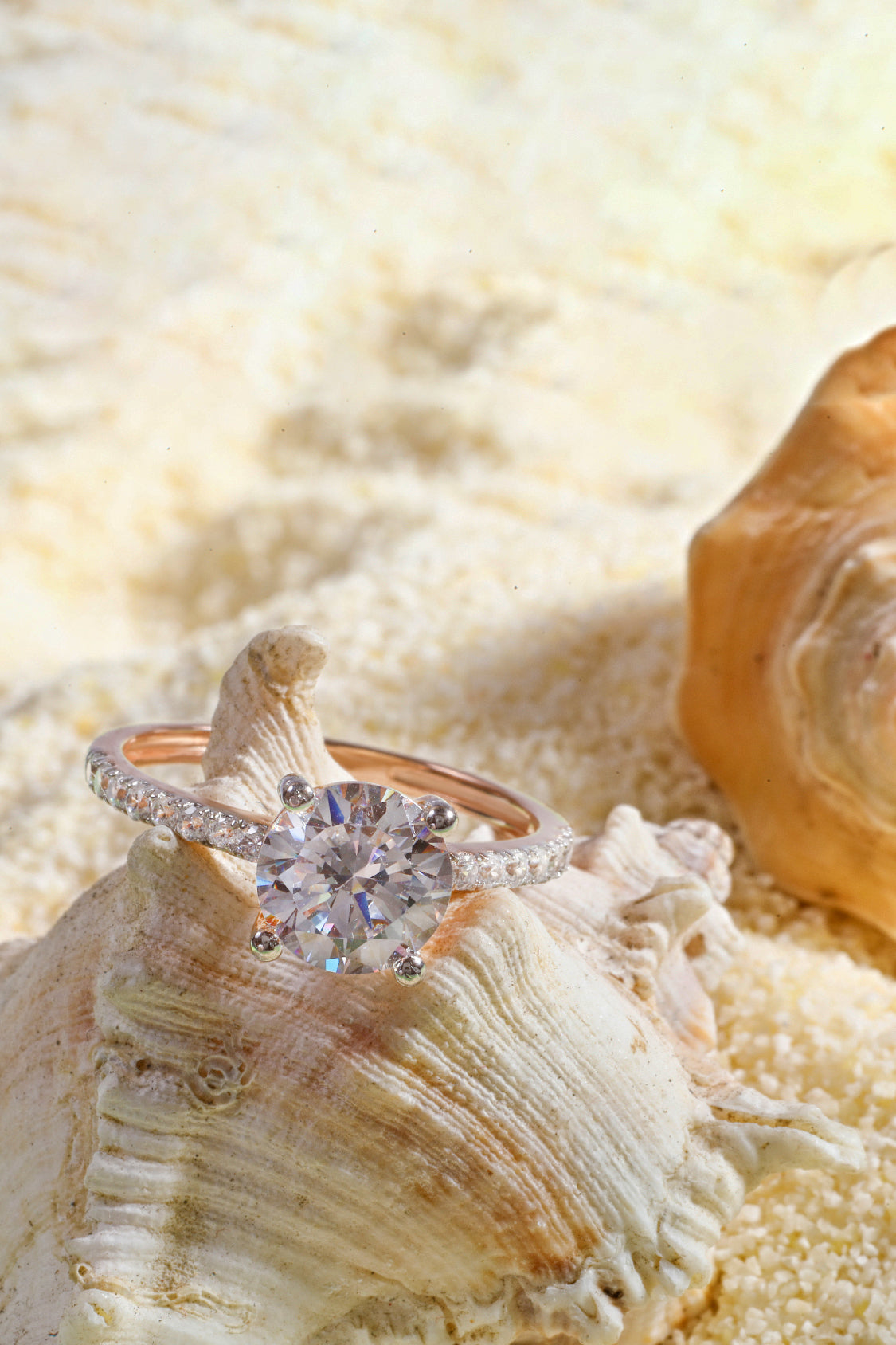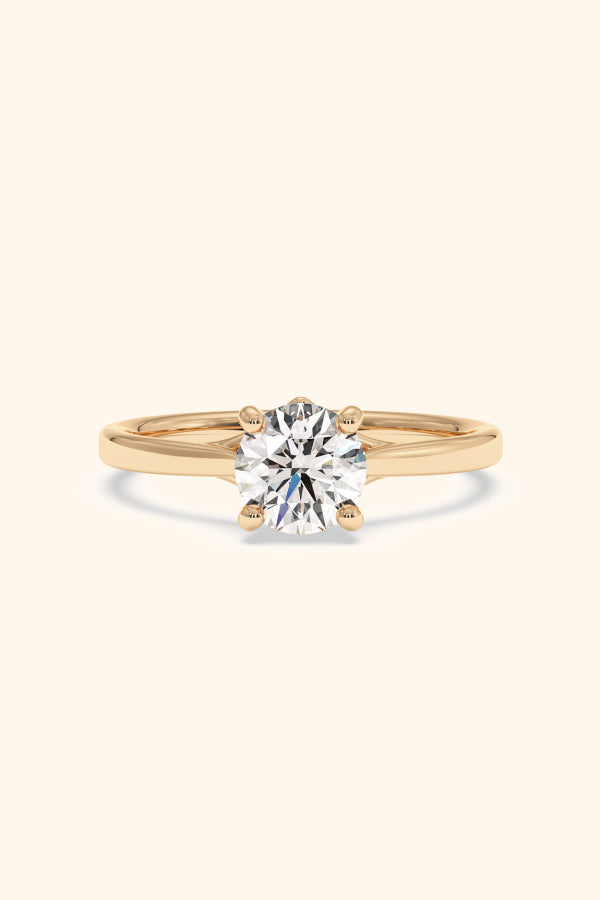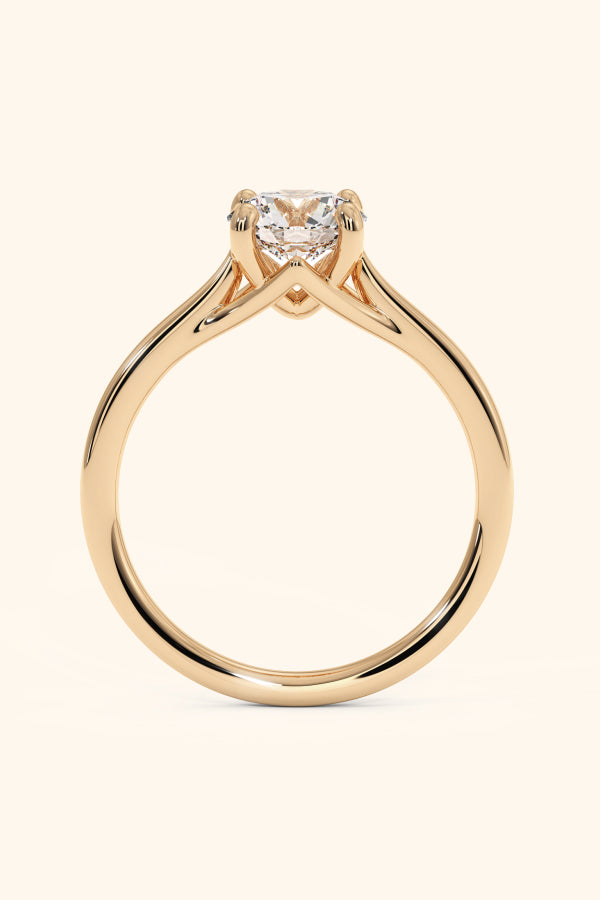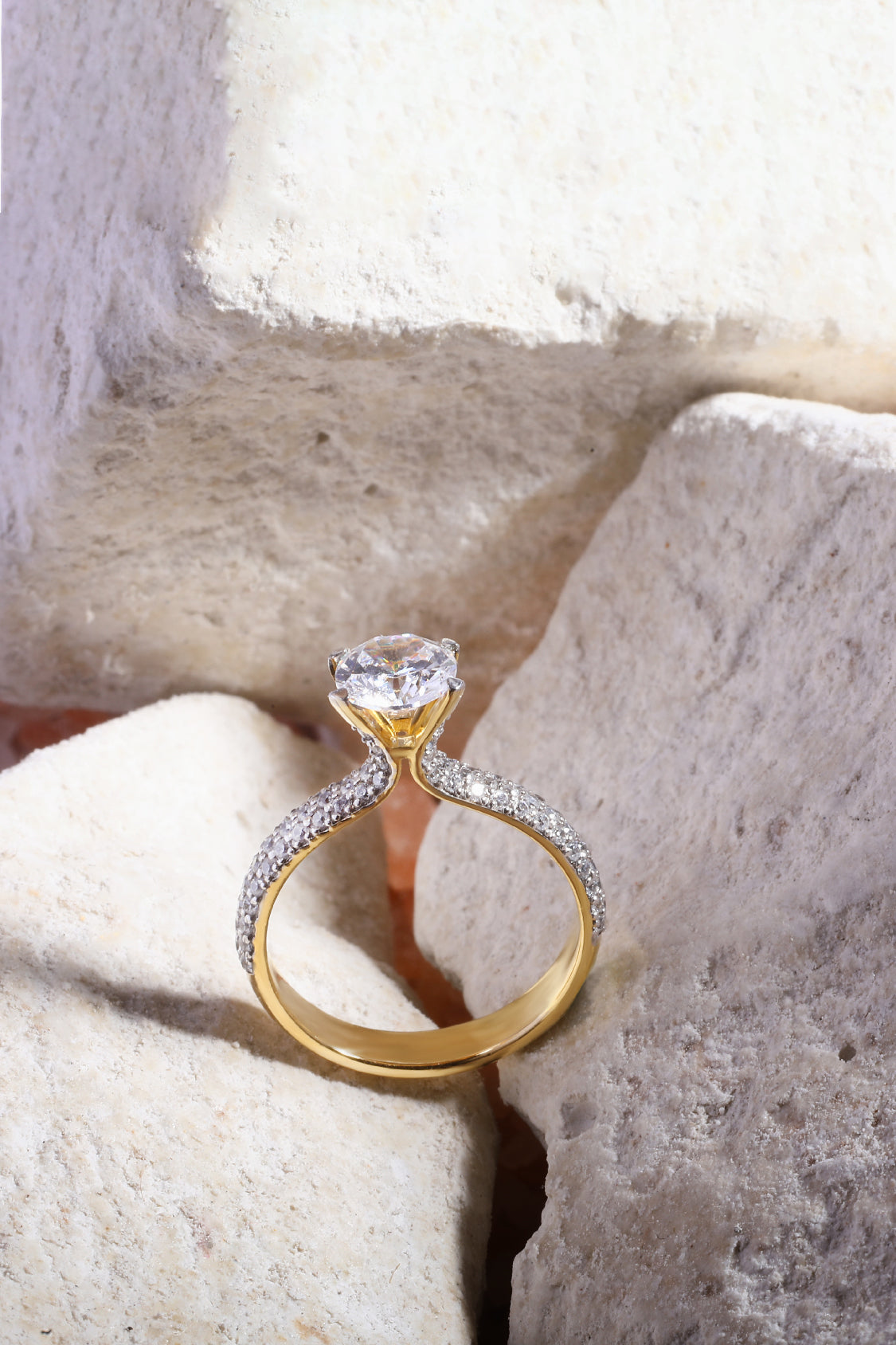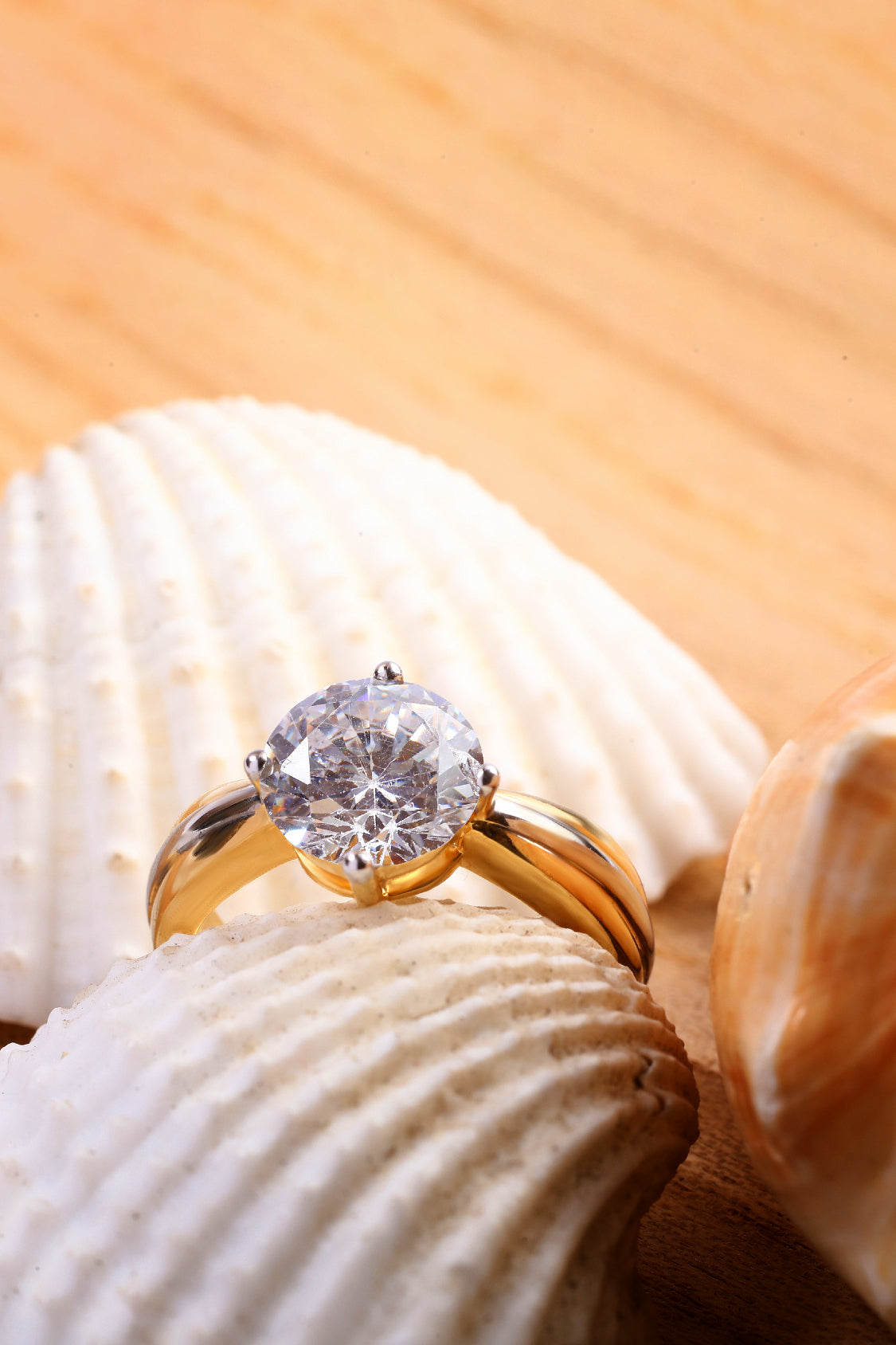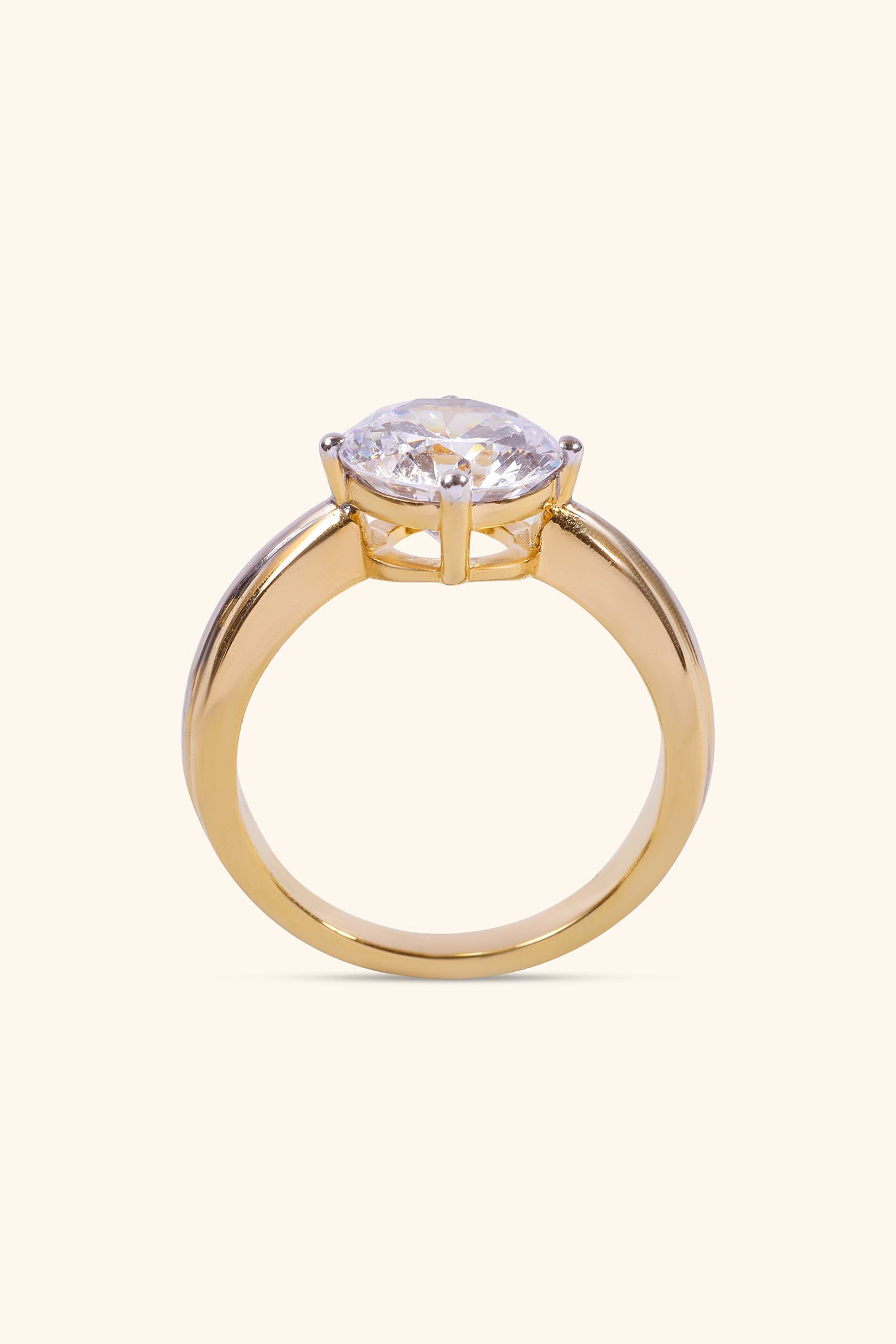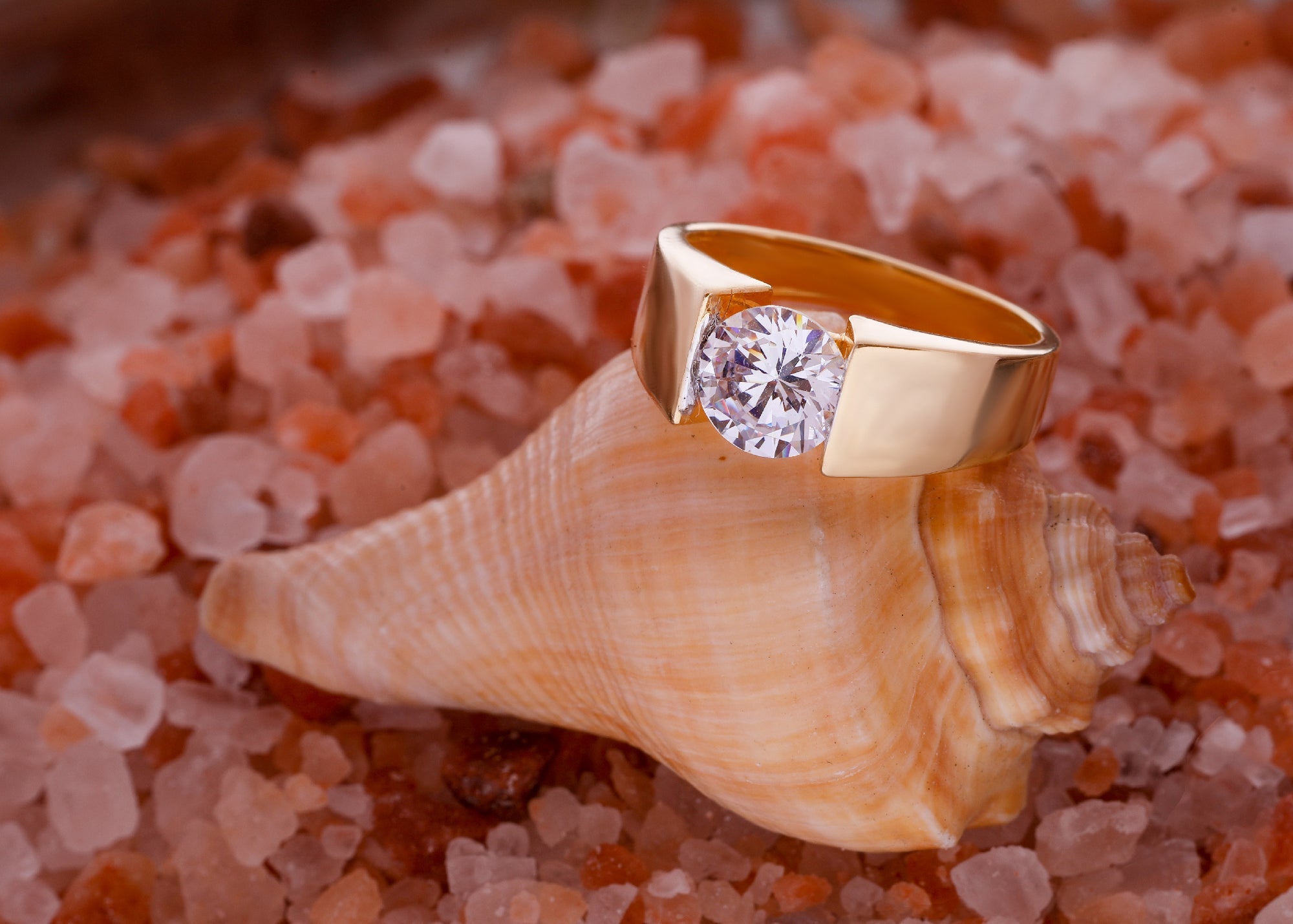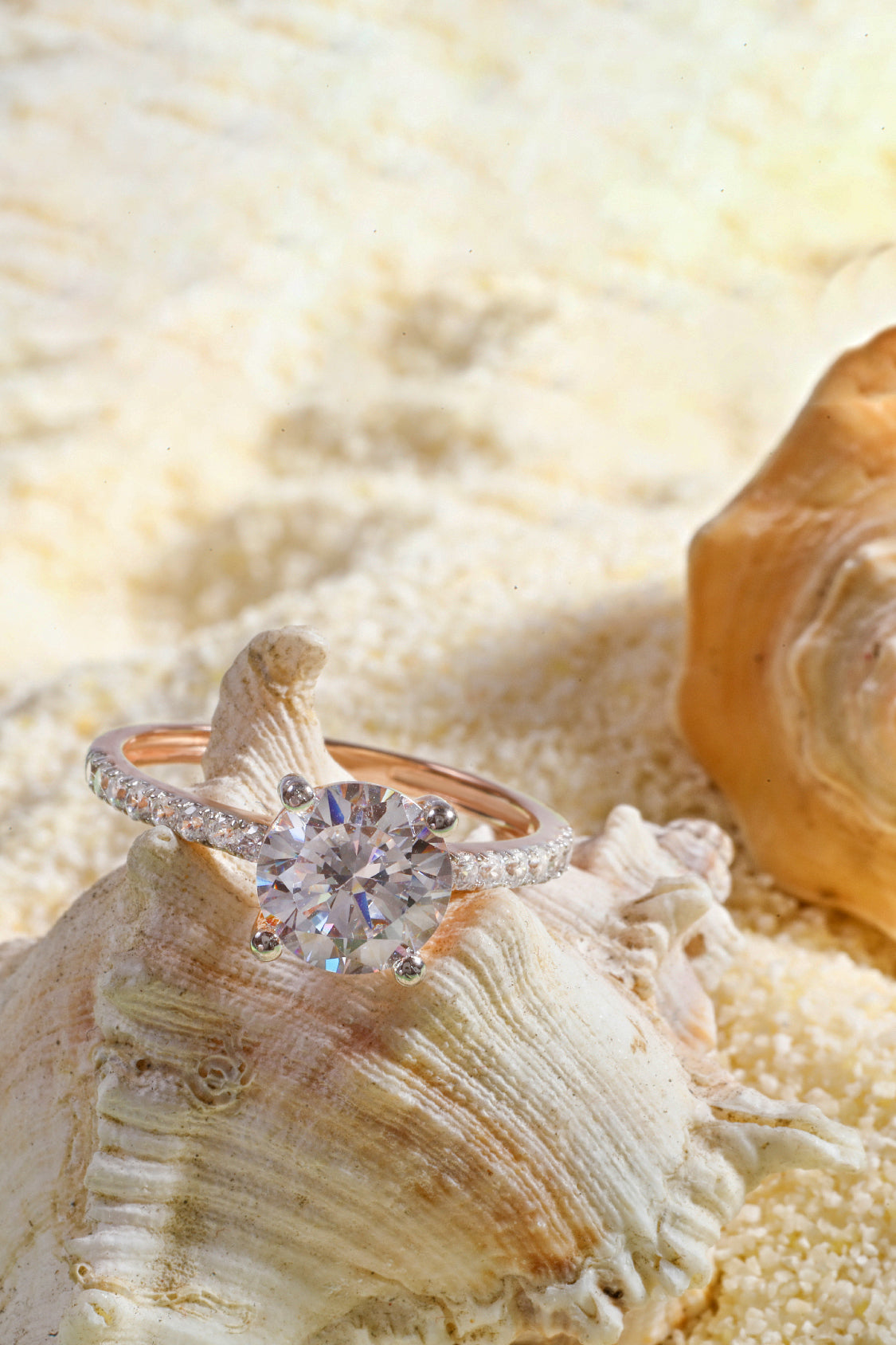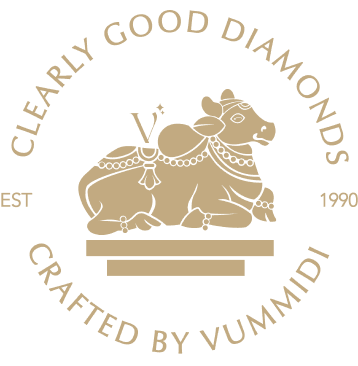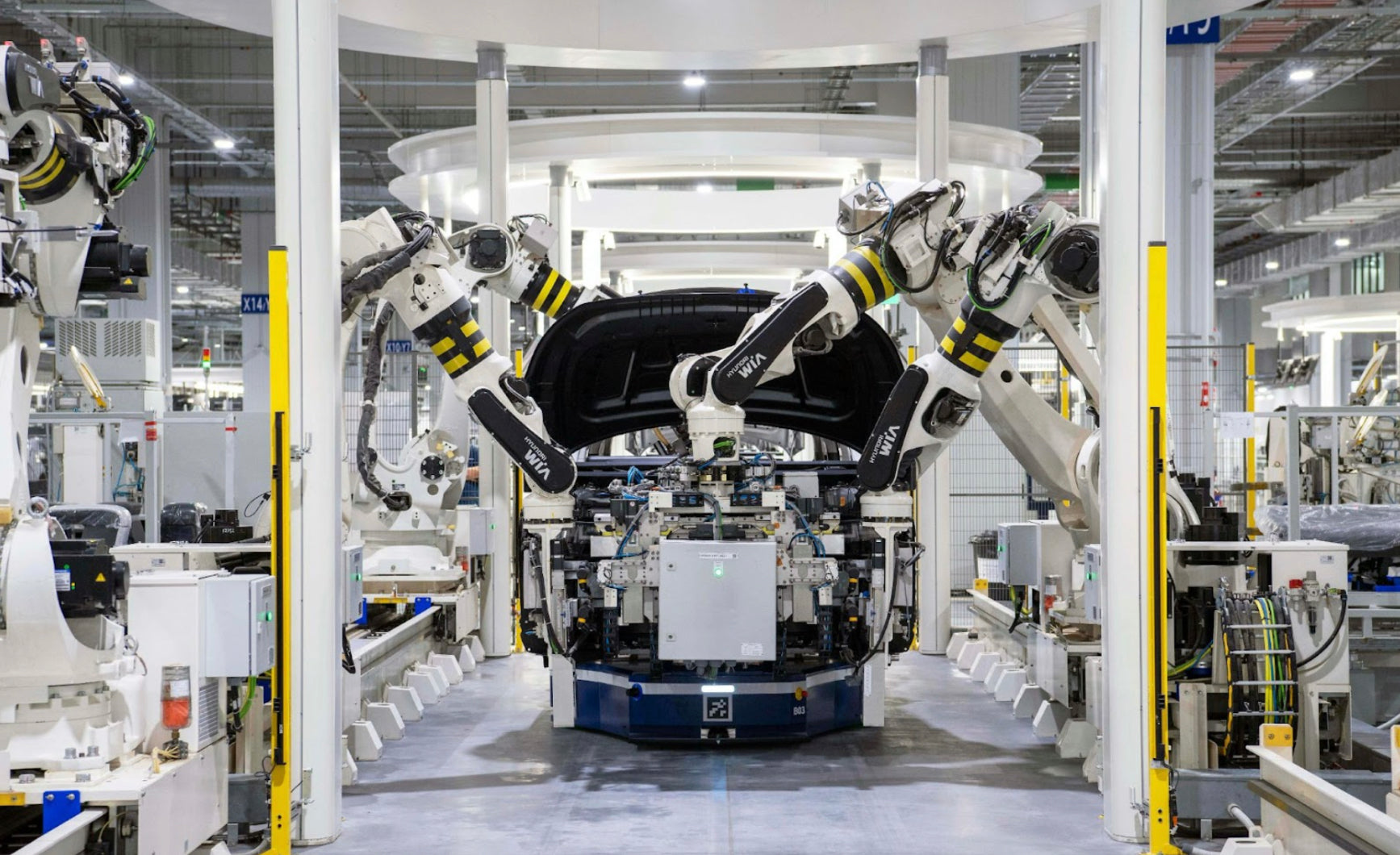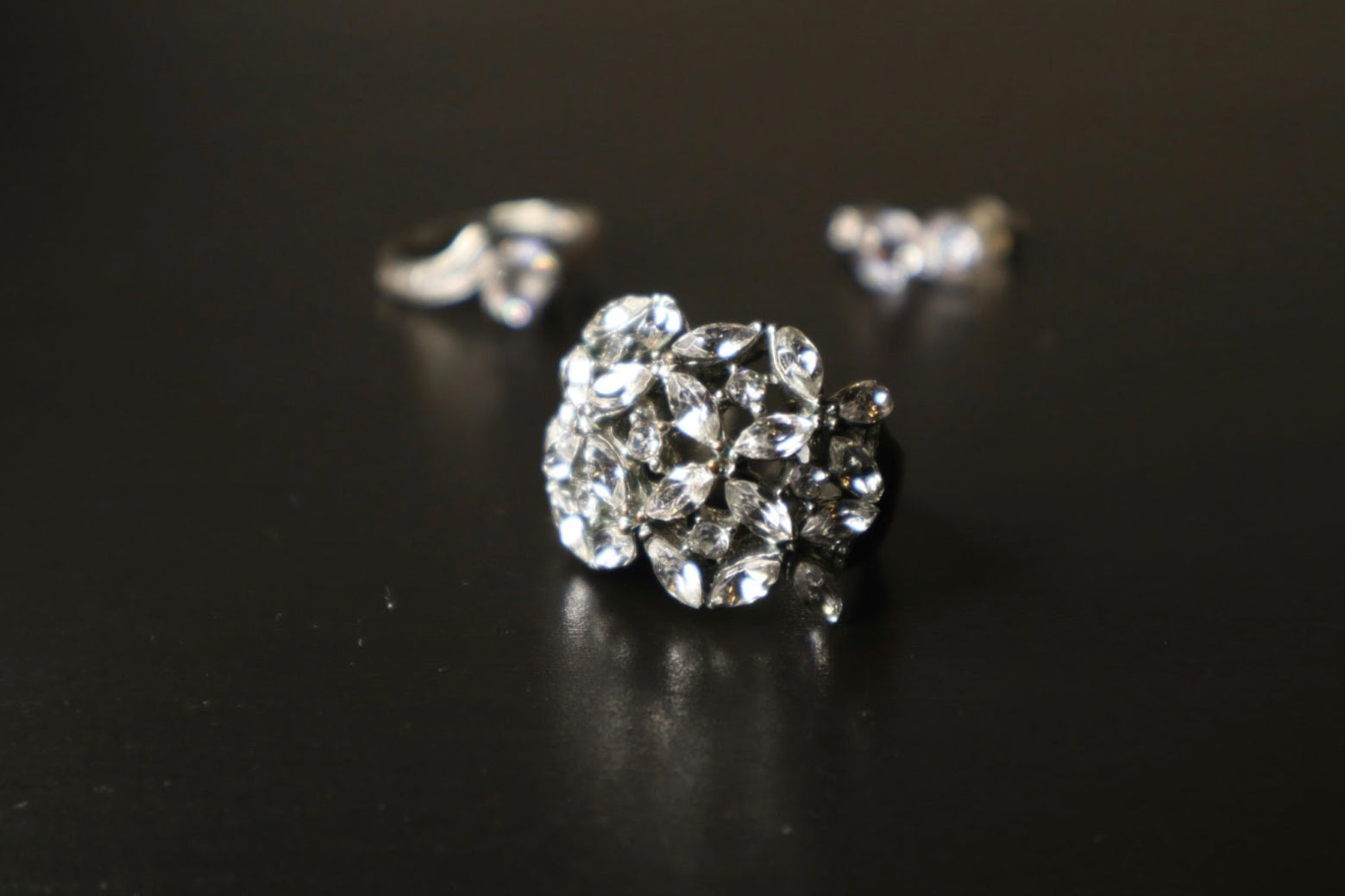
How Long do Lab Grown Diamonds Last?
Lab-grown diamonds offer a modern and innovative alternative to mined diamonds, raising questions about their durability and longevity. In this blog, we delve into the key aspects of lab-grown diamonds to answer the pressing question: do lab-grown diamonds last?
Introduction to Lab-Grown Diamonds
Definition and realness of lab-grown diamonds
Lab-grown diamonds are diamonds created in a controlled laboratory environment rather than formed naturally underground. Despite their synthetic origin, lab-grown diamonds are real diamonds, possessing the same chemical composition and crystal structure as natural diamonds.
Chemical, physical, and optical identity with natural diamonds
Lab-grown diamonds exhibit an identical chemical, physical, and optical identity to natural diamonds. Their carbon atoms arrange in a diamond crystal lattice, resulting in the same brilliance, sparkle, and fire as natural diamonds. They are indistinguishable from natural diamonds to the naked eye and under gemological testing.
Hardness, toughness, and stability comparison with natural diamonds
Lab-grown diamonds share the exceptional hardness, toughness, and stability of natural diamonds. Both types of diamonds rank 10 on the Mohs scale of hardness, making them highly resistant to scratching and abrasion. Their robustness ensures long-lasting durability in various jewelry settings.
Sustainability and ethical advantages over mined diamonds
One of the significant advantages of lab-grown diamonds is their sustainability and ethical sourcing. Unlike mined diamonds, which require extensive environmental impact and labor practices, lab-grown diamonds minimize ecological footprint and ethical concerns. They offer a guilt-free choice for eco-conscious consumers seeking durable and lasting diamond jewelry.
Durability and Longevity of Lab-Grown Diamonds
Equivalence in durability highlighted by the Mohs scale rating of 10
Lab-grown diamonds and natural diamonds exhibit equivalent durability, both boasting a remarkable Mohs scale rating of 10. This rating signifies their exceptional hardness, making them highly resistant to scratches and abrasions in everyday wear. Whether it's a lab-grown or natural diamond, you can expect lasting durability without compromising on quality.
Ability of lab diamonds to withstand extreme conditions
Lab-grown diamonds showcase impressive resilience, capable of withstanding extreme conditions while maintaining their pristine appearance. They are not susceptible to discoloration or degradation over time, ensuring that your lab-grown diamond jewelry remains as radiant and beautiful as the day you acquired it.
Similarities in aging process due to identical internal structure
The aging process of lab-grown diamonds mirrors that of natural diamonds due to their identical internal structure. Both types of diamonds maintain their brilliance and optical properties over time, resisting factors that might affect lesser-quality gemstones. This similarity in aging underscores the lasting quality and longevity of lab-grown diamonds.
Creation Processes for Lab-Grown Diamonds

High Pressure High Temperature (HPHT) method
In the HPHT method, lab-grown diamonds are created by subjecting a diamond seed to high pressure and temperature, mimicking the natural diamond formation process. This process ensures that lab-grown diamonds achieve the same chemical composition and crystal structure as natural diamonds, resulting in diamonds of exceptional quality and durability.
Chemical Vapor Deposition (CVD) process
In the CVD process, lab-grown diamonds are produced by exposing a substrate to a carbon-rich gas, causing the carbon atoms to deposit and form diamond crystals. This precise and controlled method allows for the creation of large and high-quality diamonds with consistent purity levels and excellent optical properties.
Influence of creation process on diamond quality and appearance
The creation process significantly influences the quality and appearance of lab-grown diamonds. Both the HPHT and CVD methods yield diamonds with exceptional hardness, brilliance, and fire, matching the characteristics of natural diamonds. The choice of creation method can also impact factors such as diamond size, color consistency, and internal clarity, offering buyers a range of options to suit their preferences.
Advantages of Choosing Lab-Grown Diamonds
Cost-effectiveness while retaining sparkle and durability
Lab-grown diamonds offer a cost-effective alternative to natural diamonds while retaining the same sparkle, durability, and hardness. The affordability of lab-grown diamonds allows buyers to acquire larger or higher-quality diamonds within their budget, making them an attractive choice for value-conscious consumers without compromising on quality.
Traceable origins ensuring ethical production
Lab-grown diamonds provide traceable origins, ensuring ethical production practices from start to finish. With transparent and controlled manufacturing processes, buyers can have confidence in the ethical and sustainable sourcing of lab-grown diamonds, supporting responsible practices in the diamond industry.
Potential for higher purity levels compared to natural diamonds
One advantage of lab-grown diamonds is the potential for higher purity levels compared to natural diamonds. The controlled environment of their creation process reduces the likelihood of inclusions or impurities, resulting in diamonds with exceptional clarity and brilliance. This purity contributes to the overall beauty and value of lab-grown diamonds.
Appearance and Aging
Consistency in appearance over time protected from heat, light, and chemicals
Lab-grown diamonds exhibit remarkable consistency in appearance over time, thanks to their resilience against heat, light, and chemicals. Unlike some gemstones that may fade or change color with exposure, lab-grown diamonds maintain their brilliance and sparkle, ensuring enduring beauty for years to come.
Similar durability highlights strength and resilience, preventing degradation
The similar durability of lab-grown diamonds compared to natural diamonds highlights their strength and resilience. They are highly resistant to scratches, abrasions, and impacts, preventing degradation of their visual quality. This durability factor contributes to their longevity and ensures that they retain their pristine appearance even with regular wear.
Ensuring protection to maintain visual quality over generations
Proper care and maintenance are key to maintaining the visual quality of lab-grown diamonds over generations. Simple precautions such as avoiding harsh chemicals, storing them in a secure place, and periodic professional cleaning can help preserve their brilliance and luster. With proper protection, lab-grown diamonds can withstand the test of time and remain a cherished heirloom.
Misconceptions and Realities
Debunking myths about lab-grown diamonds being 'fake'
One common misconception about lab-grown diamonds is that they are 'fake' or inferior to natural diamonds. In reality, lab-grown diamonds are real diamonds with identical chemical and physical properties to natural diamonds, making them a genuine and valuable choice for jewelry.
Durability and value depreciation comparable to natural diamonds
Contrary to some beliefs, lab-grown diamonds exhibit durability and value retention comparable to natural diamonds. Their Mohs scale rating of 10 and lasting brilliance ensure that they maintain their value and visual appeal over time, debunking concerns about depreciation.
Importance of proper care to prevent potential damage under extreme conditions
Like natural diamonds, lab-grown diamonds benefit from proper care to prevent potential damage under extreme conditions. While they are highly durable, avoiding exposure to harsh chemicals, extreme heat, or physical impact can help preserve their beauty and longevity. By providing the right care, lab-grown diamonds can continue to shine brightly for generations without losing their allure.
Legacy and Heirloom Potential
Lab-made and mined diamonds both suitable for heirlooms
Lab-made diamonds and mined diamonds both possess the potential to become cherished heirlooms. Their enduring beauty and symbolism make them timeless gifts that can be passed down through generations, carrying sentimental value and memories.
Inherent quality and durability making them a neat legacy to pass on
The inherent quality and durability of lab-made and mined diamonds contribute to their suitability as heirlooms. With a Mohs scale rating of 10, they withstand the test of time and retain their brilliance, ensuring that they remain a neat legacy to pass on to future generations.
Environmental and ethical considerations enhancing their worth as heirlooms
Beyond their physical attributes, lab-made and mined diamonds' environmental and ethical considerations enhance their worth as heirlooms. Lab-made diamonds, with their sustainable production processes, offer a guilt-free choice that aligns with modern values of eco-consciousness.
Conclusion
Understanding the Durability Factor
Lab-grown diamonds match natural diamonds in durability, boasting a Mohs scale rating of 10. This hardness ensures long-lasting wear without scratches or abrasions, making them a practical choice for lasting jewelry.
Environmental and Ethical Benefits
Lab-grown diamonds offer eco-conscious and ethical advantages. With sustainable production processes and traceable origins, they align with responsible consumer values. Choosing lab-grown diamonds supports ethical sourcing and environmental sustainability. One such jeweler of ethical elegance is Varniya, where lab-grown diamonds meet exquisite craftsmanship.
Value Retention and Investment Potential
Lab-grown diamonds present a cost-effective yet valuable investment. While natural diamonds historically retain value, lab-grown diamonds offer comparable beauty and durability. Their growing market presence and evolving consumer interest highlight their potential as a wise investment choice.


